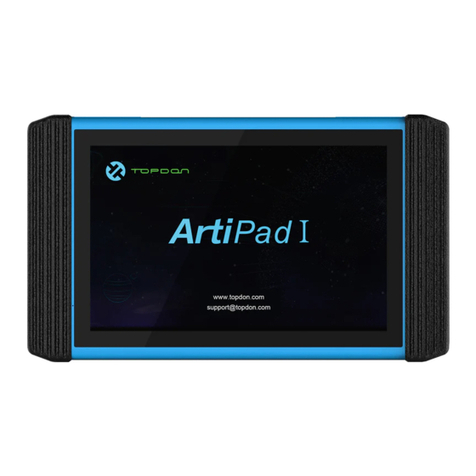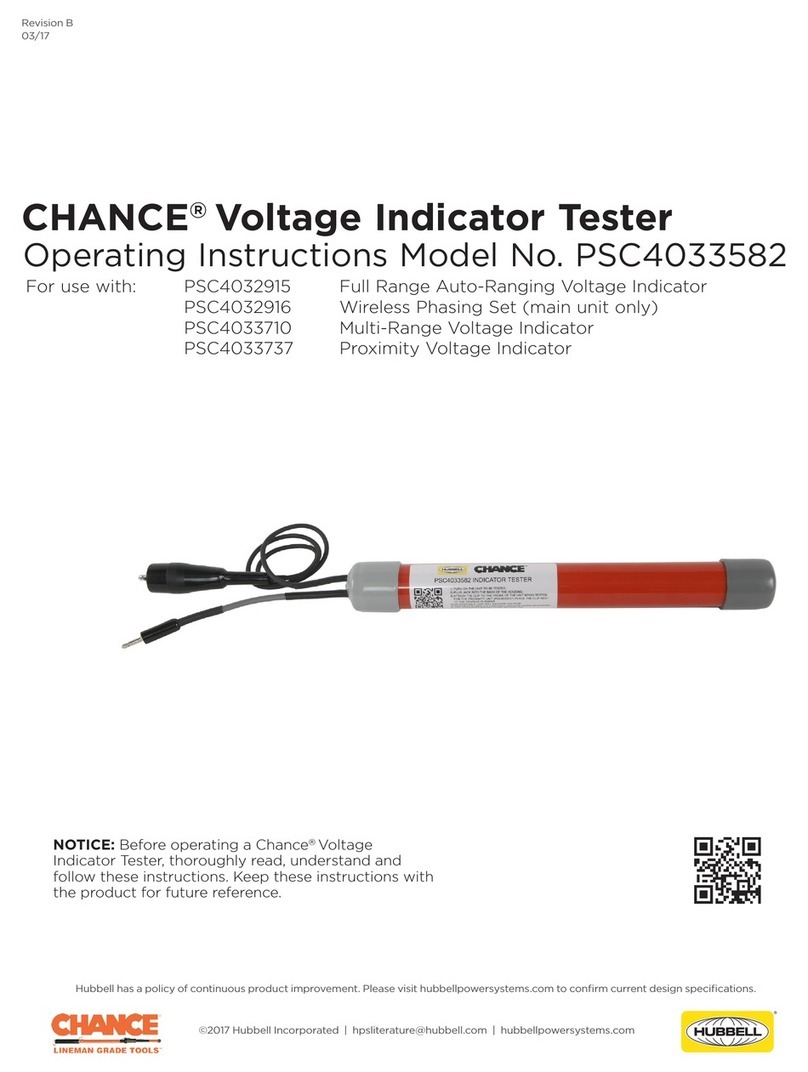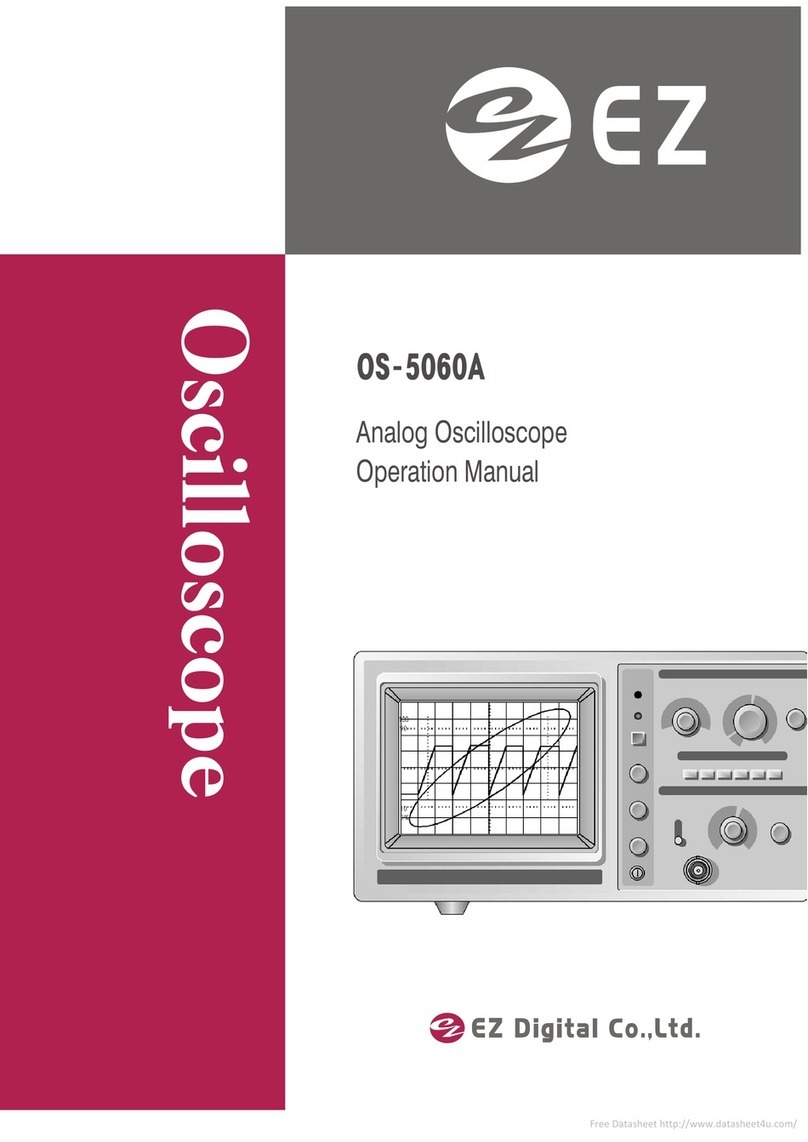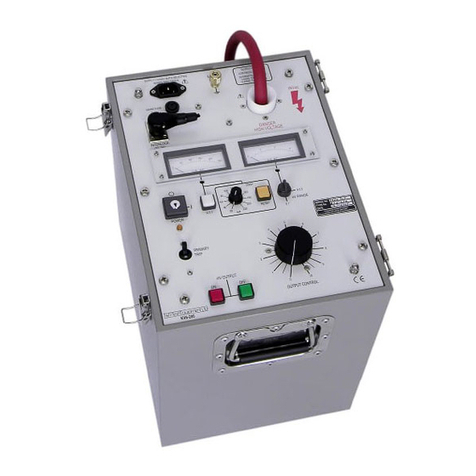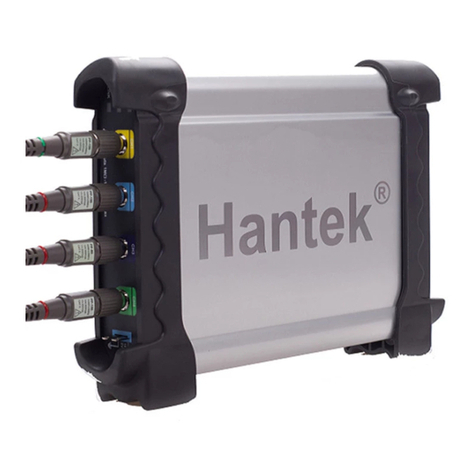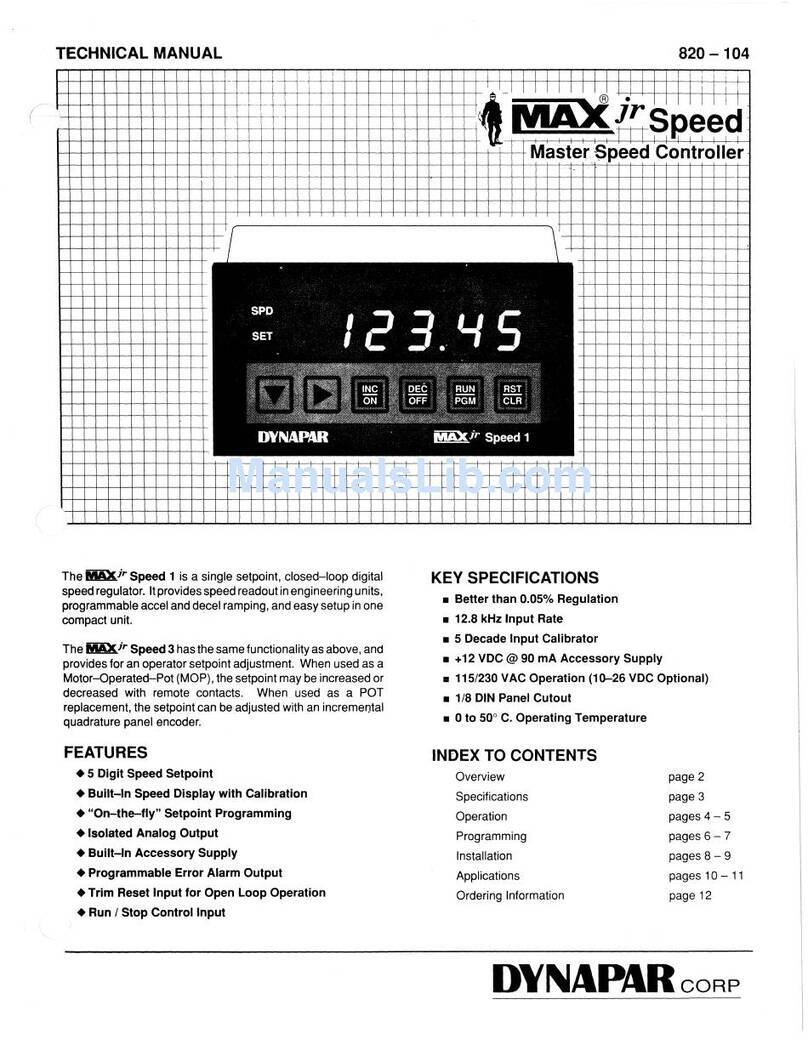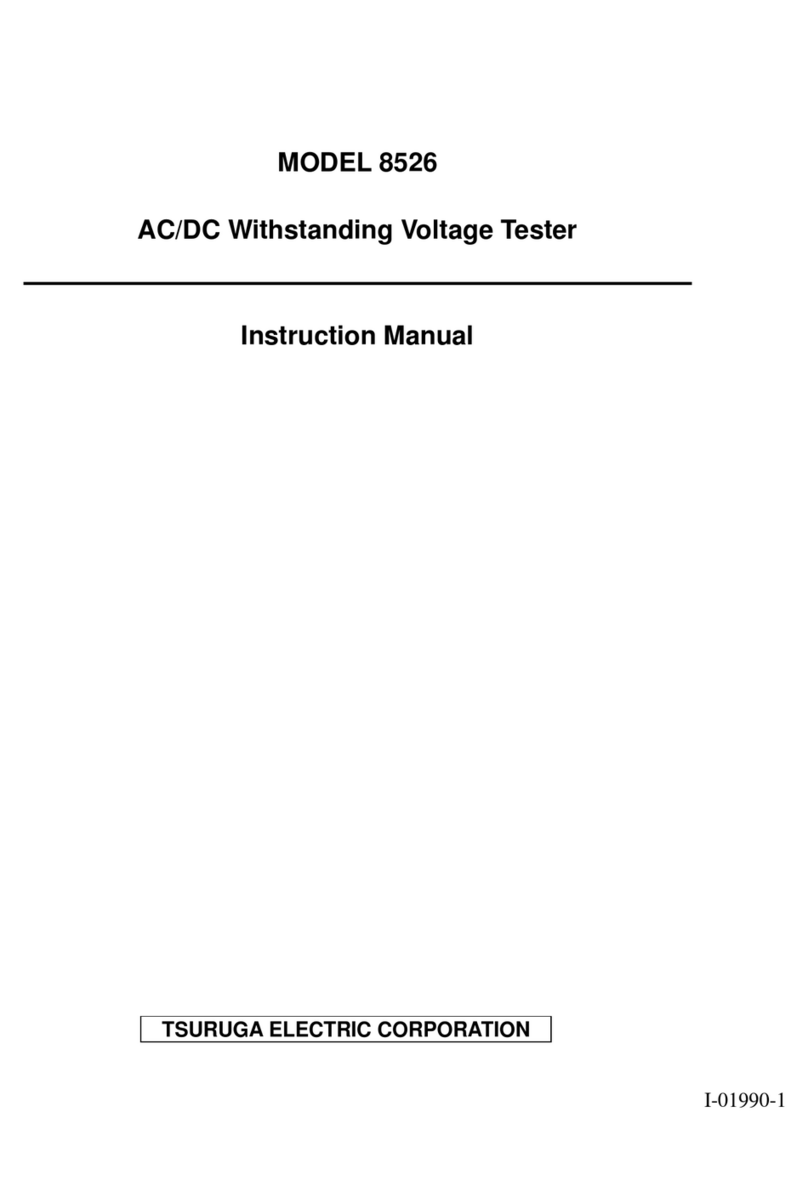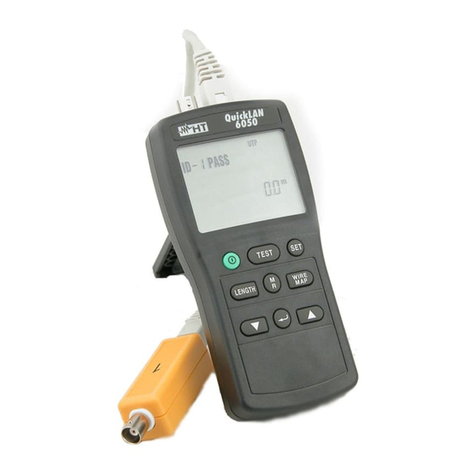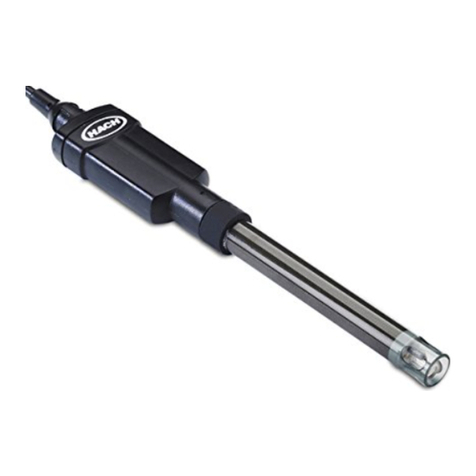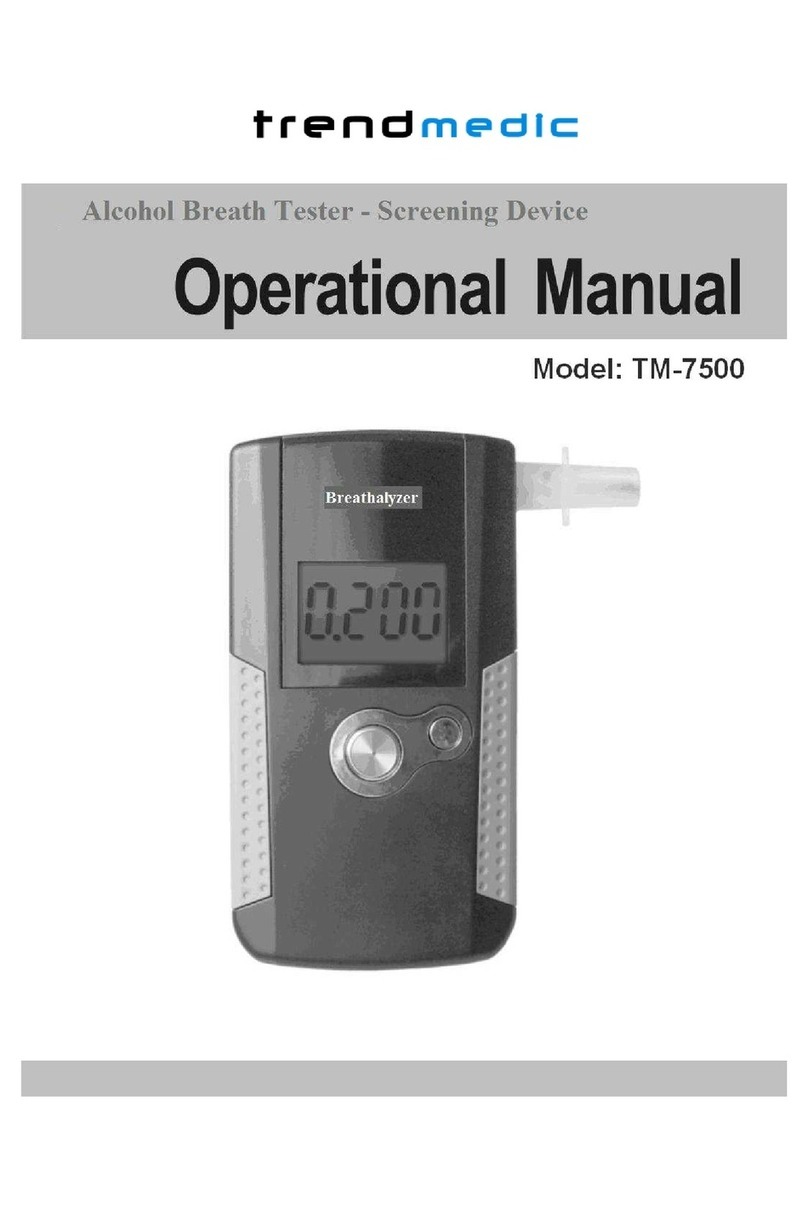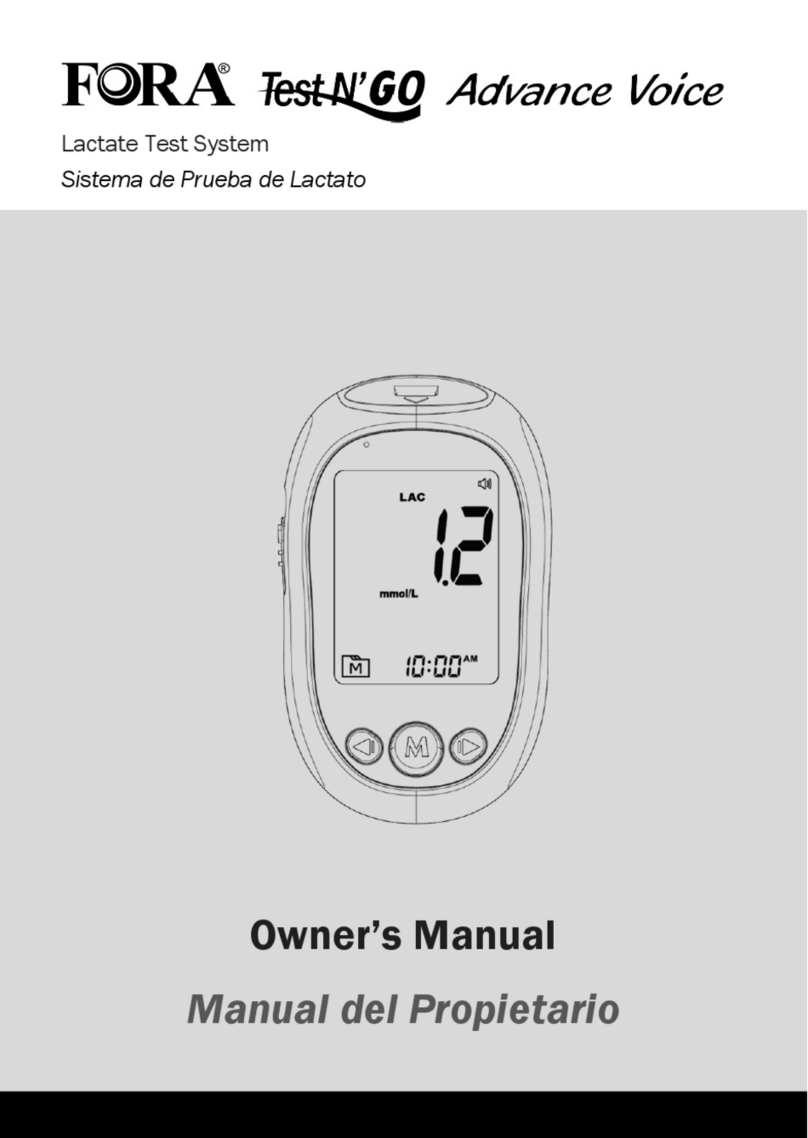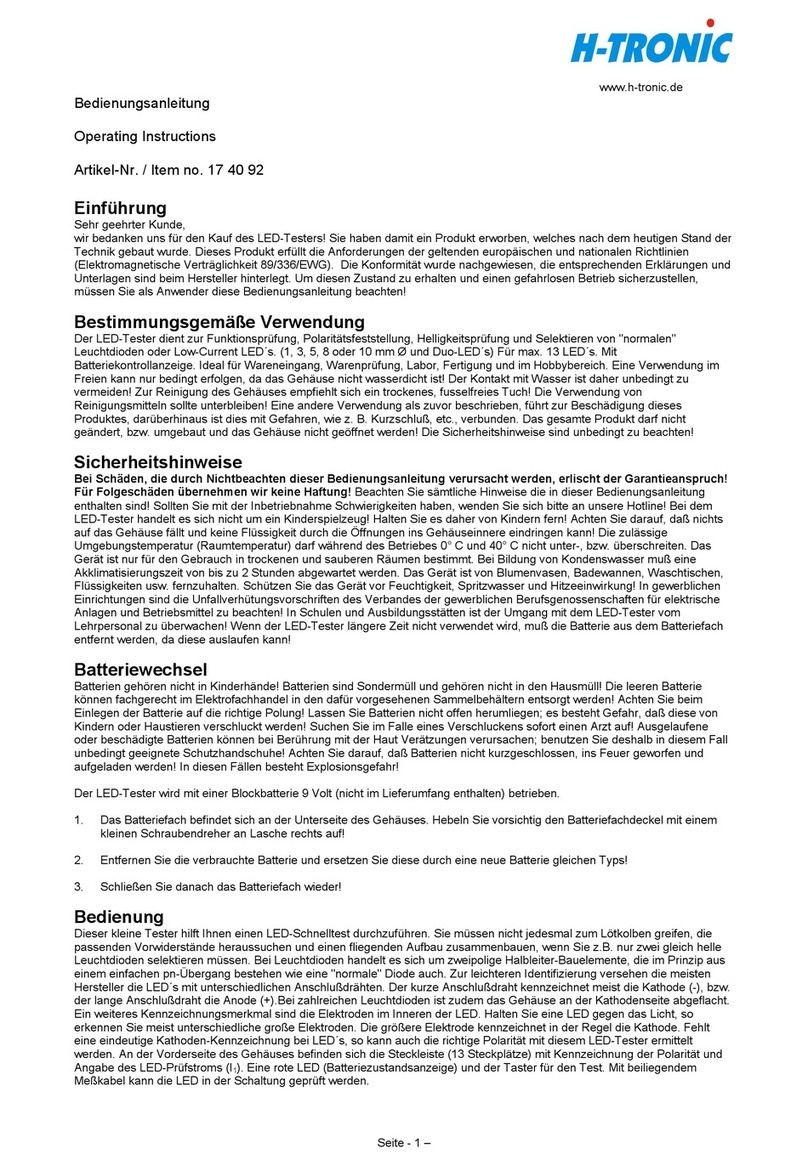Topdon BT600 User manual




















Other manuals for BT600
1
Table of contents
Languages:
Other Topdon Test Equipment manuals
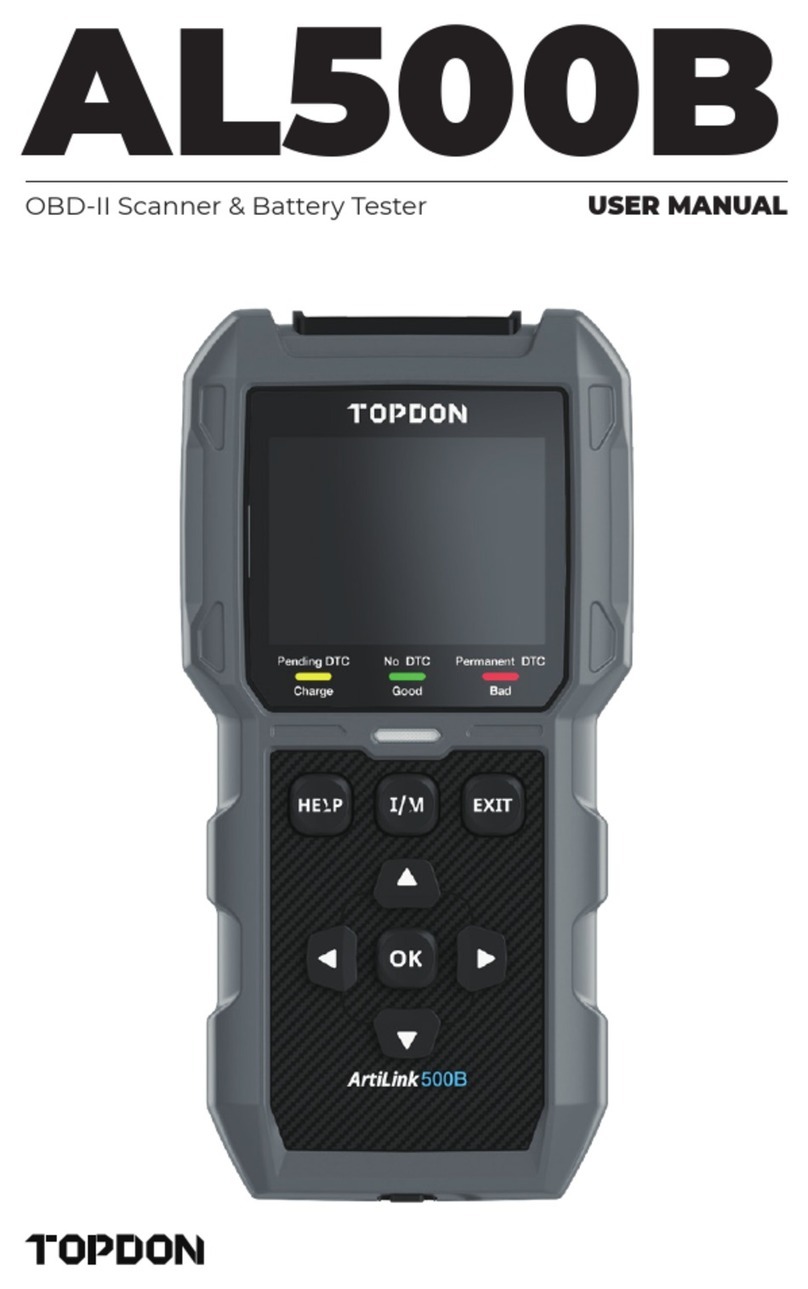
Topdon
Topdon AL500B User manual
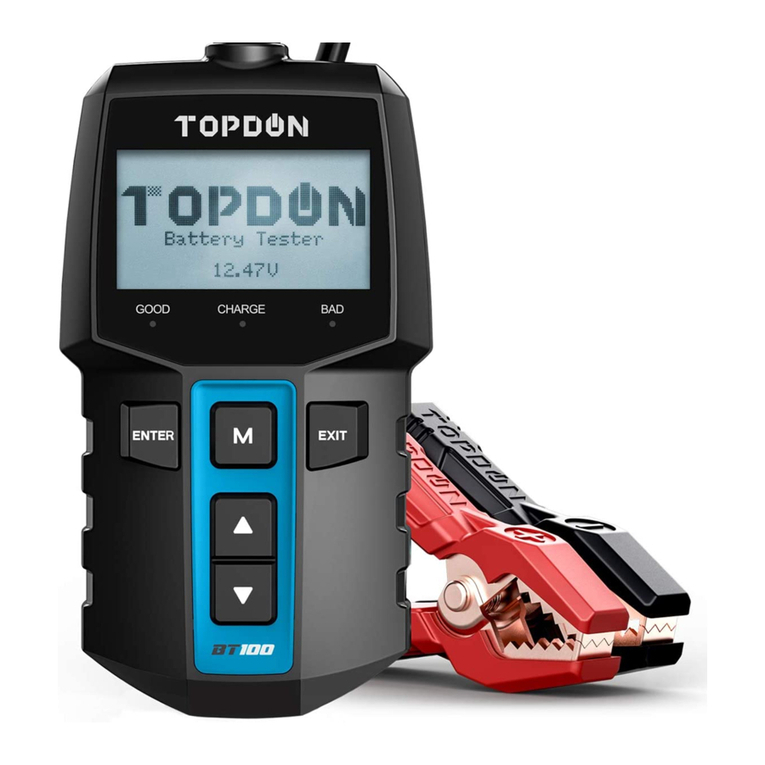
Topdon
Topdon BT100 User manual
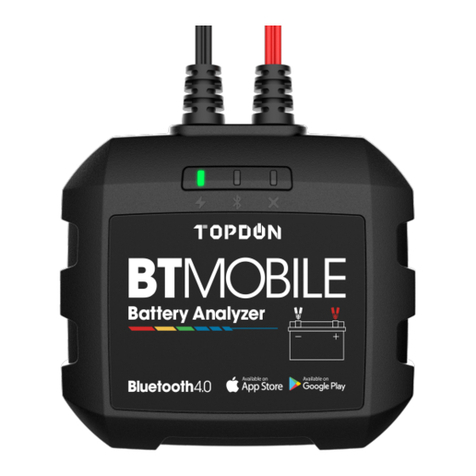
Topdon
Topdon BT MOBILE User manual
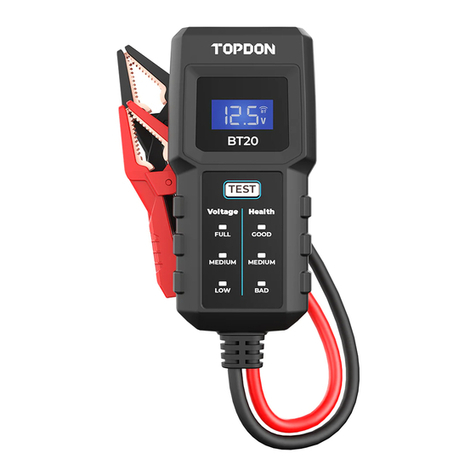
Topdon
Topdon BT20 User manual
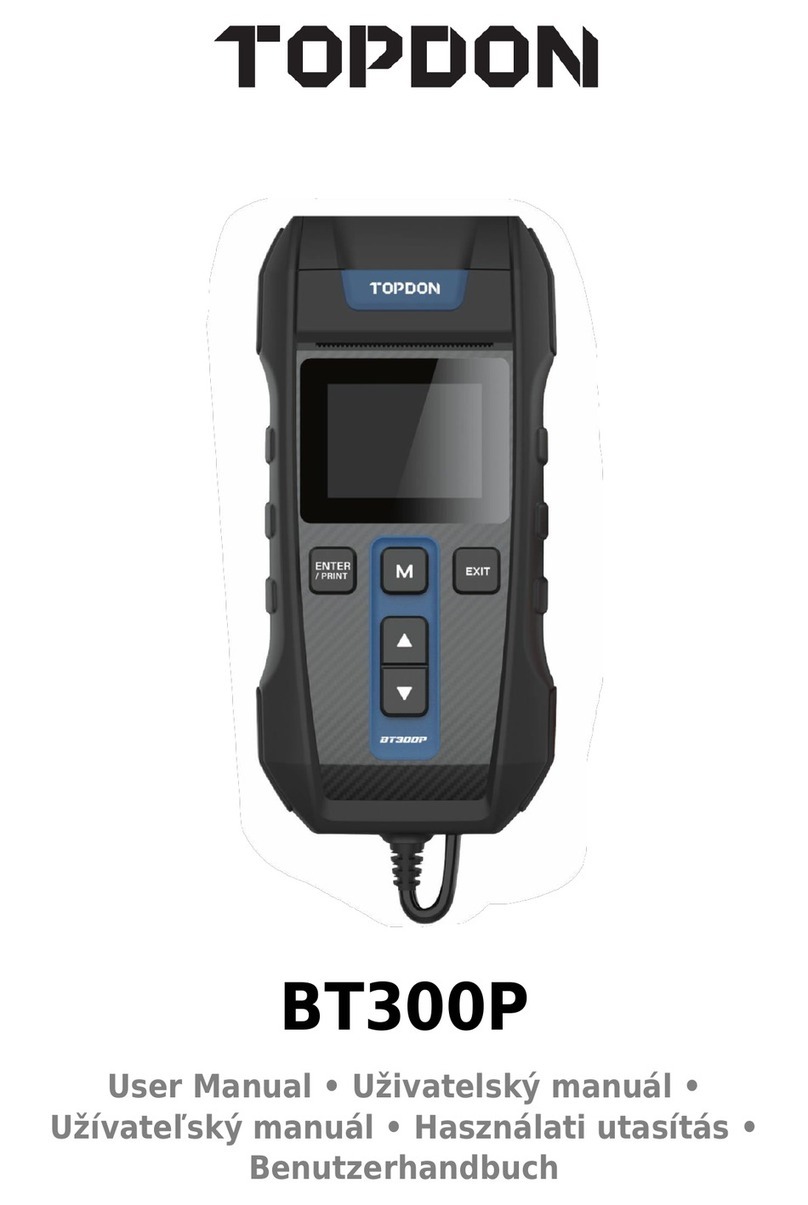
Topdon
Topdon BT300P User manual

Topdon
Topdon BT100W User manual
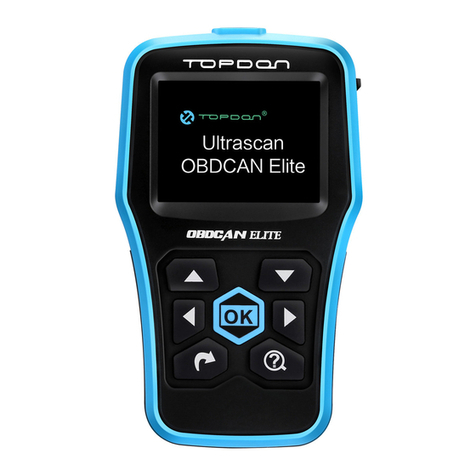
Topdon
Topdon Ultrascan OBDCAN PLUS User manual
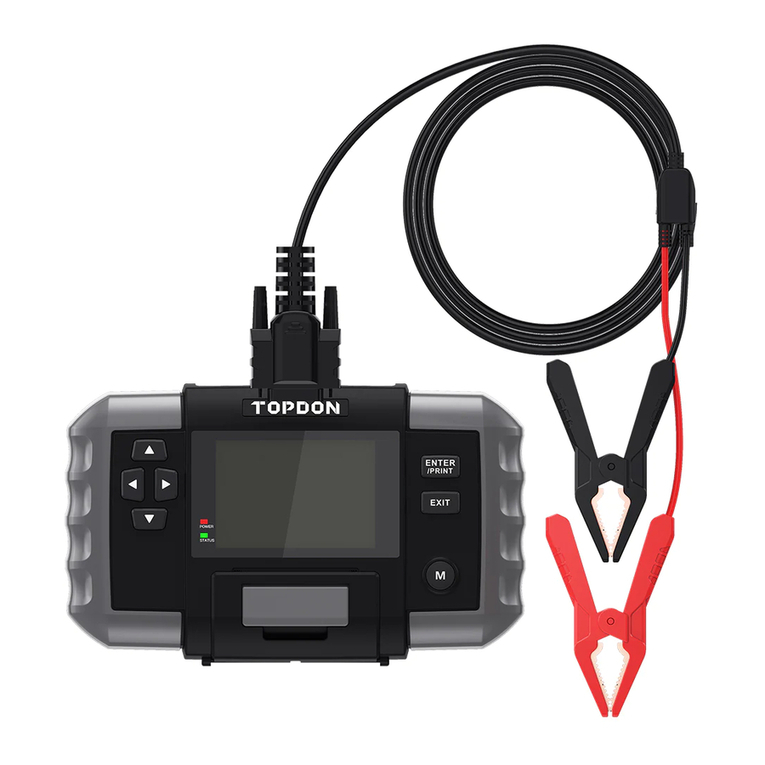
Topdon
Topdon BT600 User manual
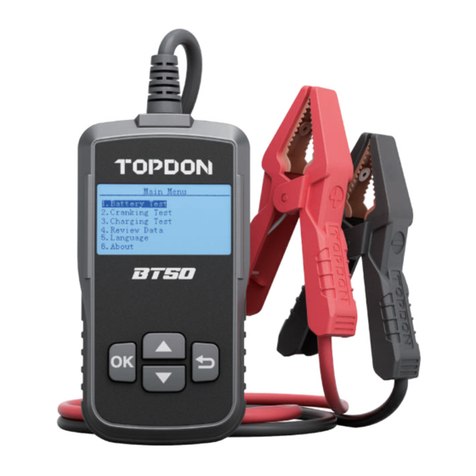
Topdon
Topdon BT50 User manual

Topdon
Topdon BTMOBILE PROS User manual

Topdon
Topdon Phoenix Plus User manual
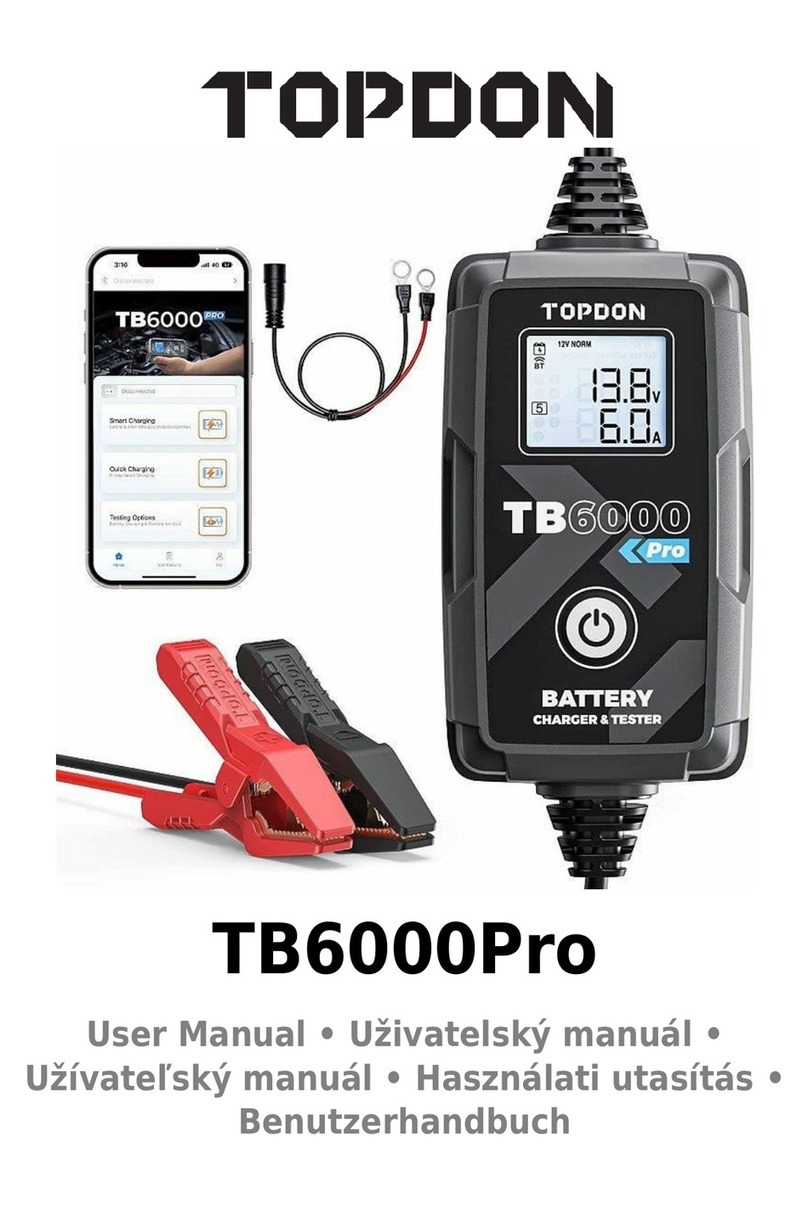
Topdon
Topdon TB6000Pro User manual

Topdon
Topdon BT100 User manual

Topdon
Topdon BT300P User manual

Topdon
Topdon BT50 User manual

Topdon
Topdon BT200 User manual
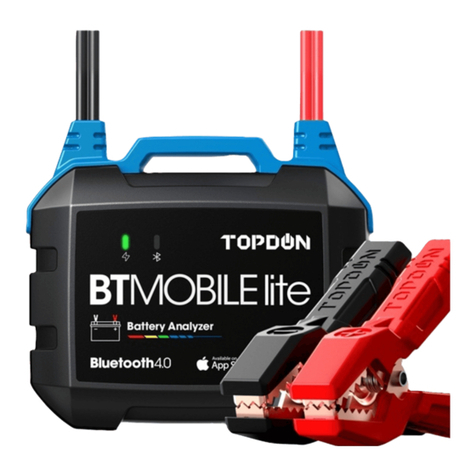
Topdon
Topdon BTMOBILE lite User manual
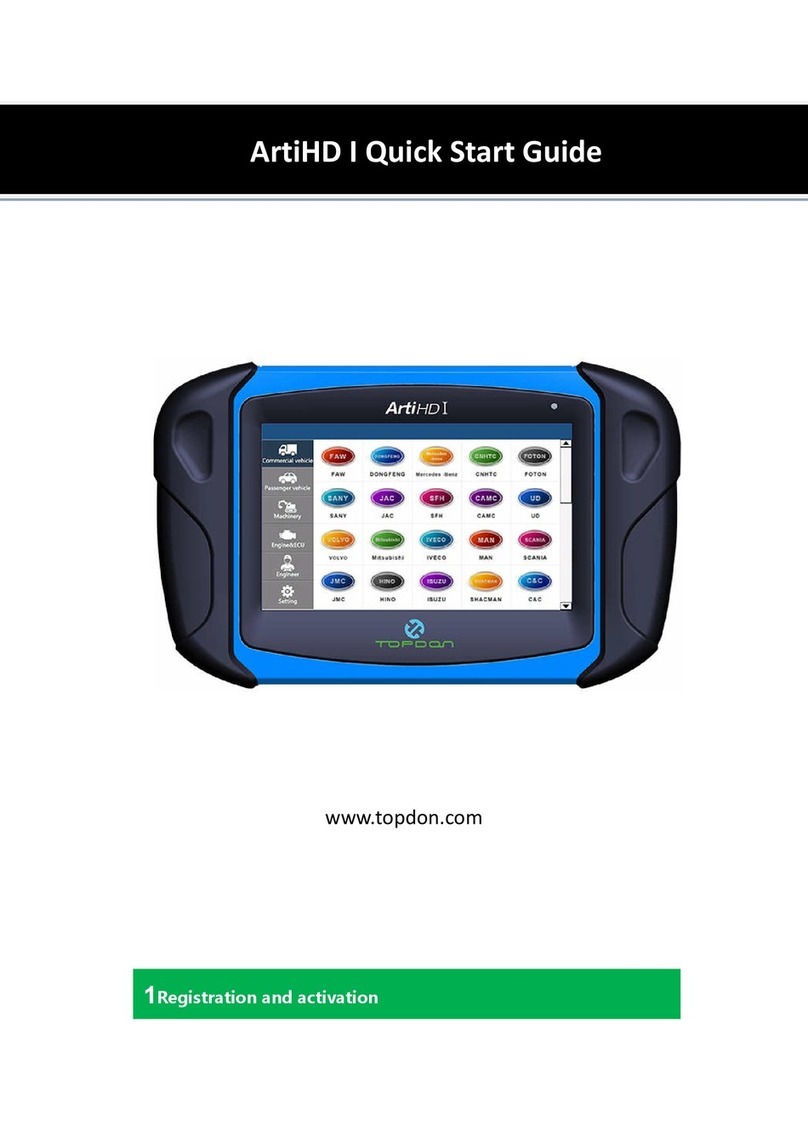
Topdon
Topdon ArtiHD I User manual
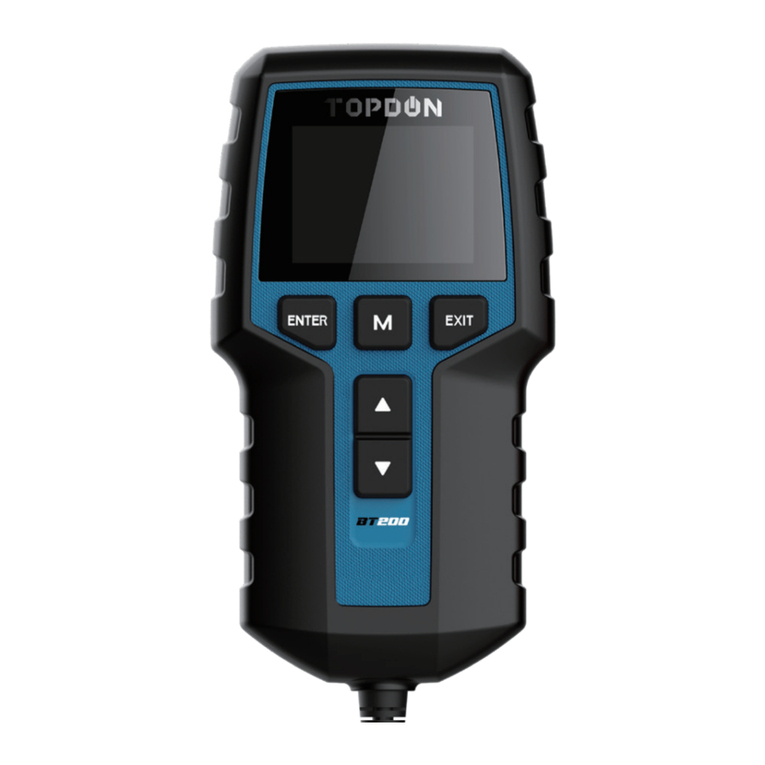
Topdon
Topdon BT200 User manual

Topdon
Topdon BT20 User manual
Popular Test Equipment manuals by other brands

Electronics
Electronics Almen Gage TSP-3 instruction manual
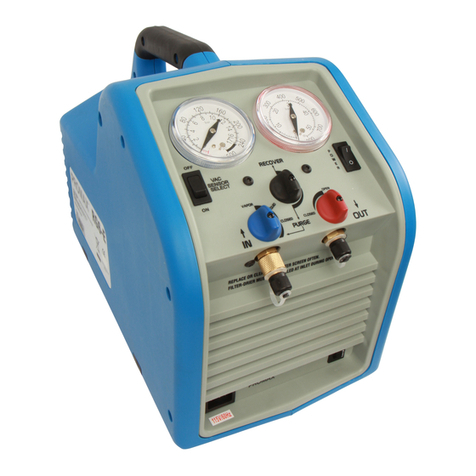
Promax
Promax RG5410A-E User's operating manual
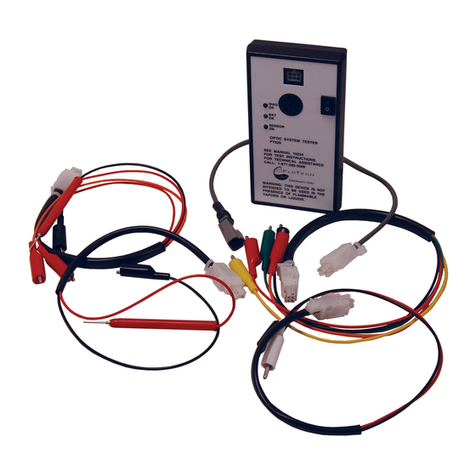
Flo-tech
Flo-tech FT520 instruction manual
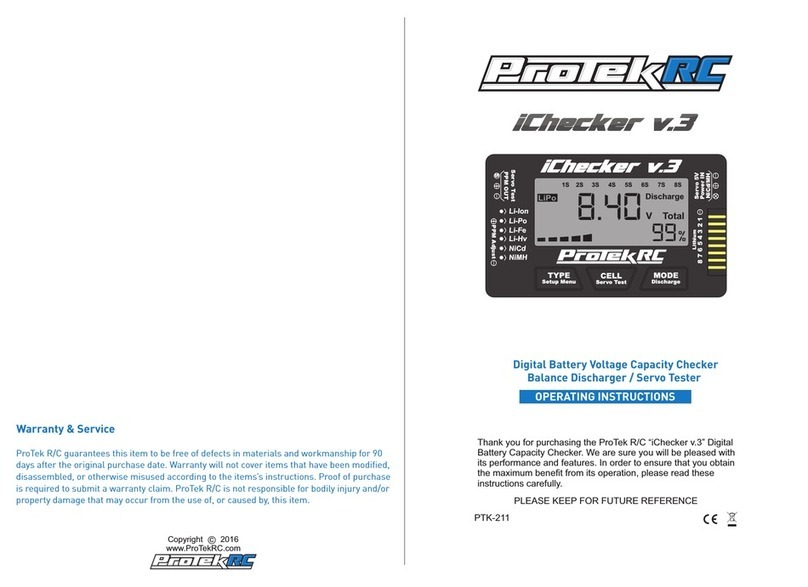
Protek RC
Protek RC iChecker v3 operating instructions
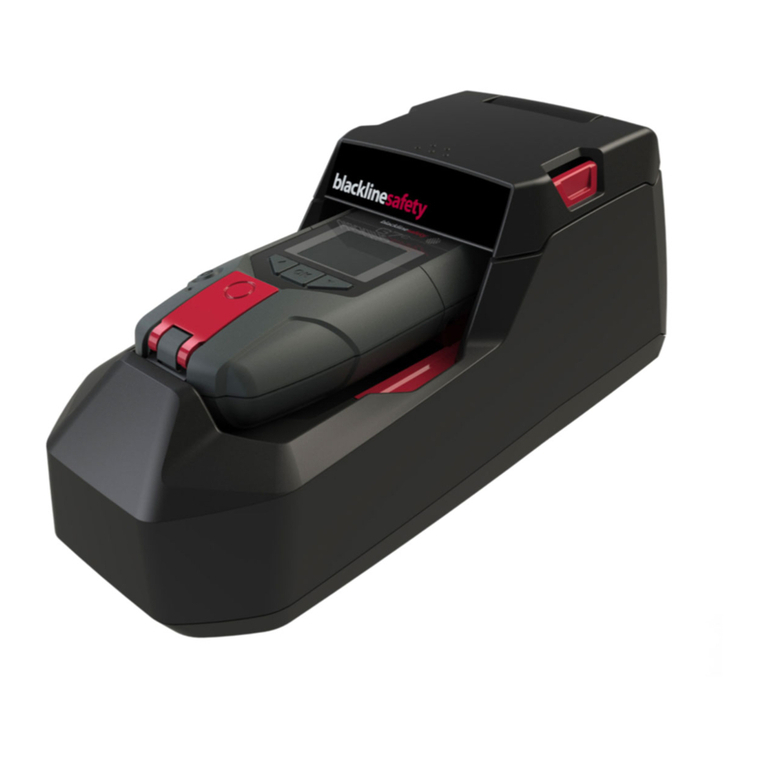
Blackline Safety
Blackline Safety G7 DOCK Getting started guide

Sea & Sea
Sea & Sea YS-D2 instruction manual
